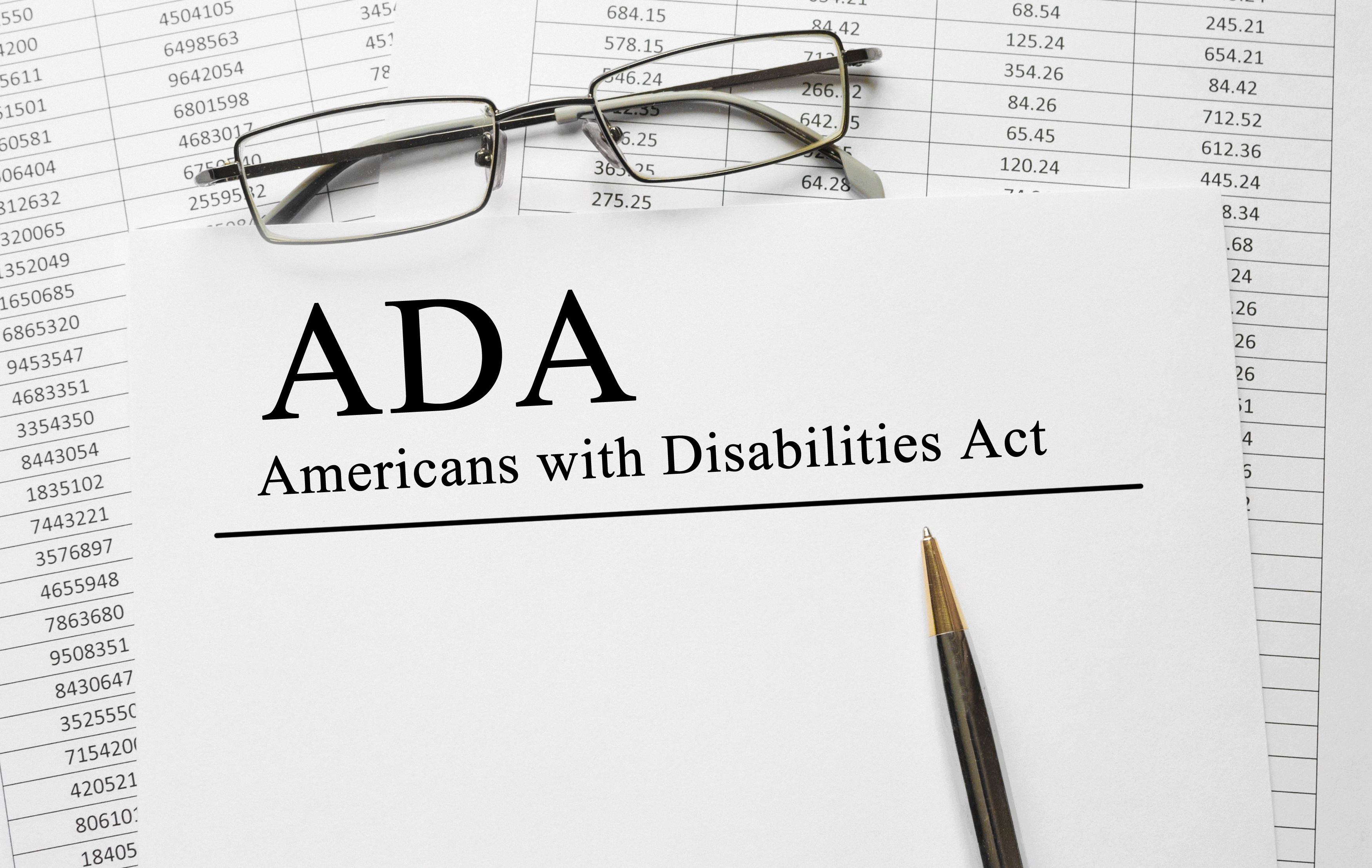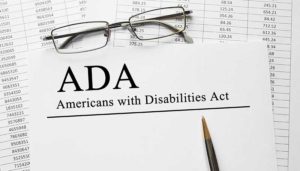
 ADA Non-Compliance and The Beyonce Website Lawsuit
ADA Non-Compliance and The Beyonce Website Lawsuit
Non-compliance with the ADA (American with Disabilities Act) has farther-reaching effects than many business owners might realize. Recently, a blind woman filed a lawsuit against the owners of the Beyonce.com website.
Details of the Beyonce Website ADA Lawsuit
According to the Hollywood Reporter, the lawsuit alleges that visually impaired users do not have equal access to the website’s products and services.
The plaintiff in the lawsuit, Mary Conner is a New York resident who is totally blind. She is not able to browse the site and get information. Why? The images do not provide text equivalents. There are also no dropdown menus and navigation links that are accessible for her. She also cannot use a keyboard instead of a mouse to browse the site.
The class named in the lawsuit is “all legally blind individuals in the United States who have attempted to access Beyonce.com and as a result have been denied access to the enjoyment of goods and services offered by Beyonce.com, during the relevant statutory period.”
The requested injunction would require that Parkwood Entertainment, Beyonce Knowle’s management company make the site accessible to blind and visually impaired customers based on the ADA. The lawsuit also seeks compensation for damages for its class members who have been subjected to unlawful discrimination.
Web Accessibility and the ADA
The lawsuit regarding Beyonce.com is not the only lawsuit that has been filed against website owners who were non-compliant with the ADA. As we mentioned in an earlier blog article, more than 240 class action lawsuits have been filed against businesses for ADA non-compliance based on inadequate website accessibility (according to law360.com).
What Can You Do to Ensure Your Website Is ADA Compliant?
Business News Daily article states that no definite legal guidelines outlining ADA compliance exist for websites. However, website owners should make a good faith effort to incorporate features that would make your site more reasonably accessible.
Some of suggested features include:
- Alt tags for images, videos and audio files. A blind web user cannot see an image. However, web software will read the image description contained in the alt tag used for the image, video or audio file.
- Text transcripts. Transcripts for video and audio content can help the hearing impaired.
- Organized layout. Organize the navigation menus, links and buttons so they are user friendly throughout the site.
At Web Perseverance, we use a website plug-in that increases website accessibility for disabled web viewers. Web Perseverance is an internet marketing company. You can see the plugin logo on this site. It looks like the wheelchair handicap logo and is located at the bottom left of your screen. Click on it, and it will display various boxes with features that help make our site more user friendly for disabled viewers.
Features include:
- A keyboard key
- Bigger cursor
- Increased contrast
- Larger text
- Desaturate (the button removes color from graphics and images)
- Highlight links
- Legible fonts
- Read page (audio software button that reads the words in the navigation, content text and tag information on the page)
Do You Have Questions About ADA Website Compliance?
We are glad to answer your questions and can discuss putting this plug-in on your website. Contact a NY Internet marketing specialist today.

